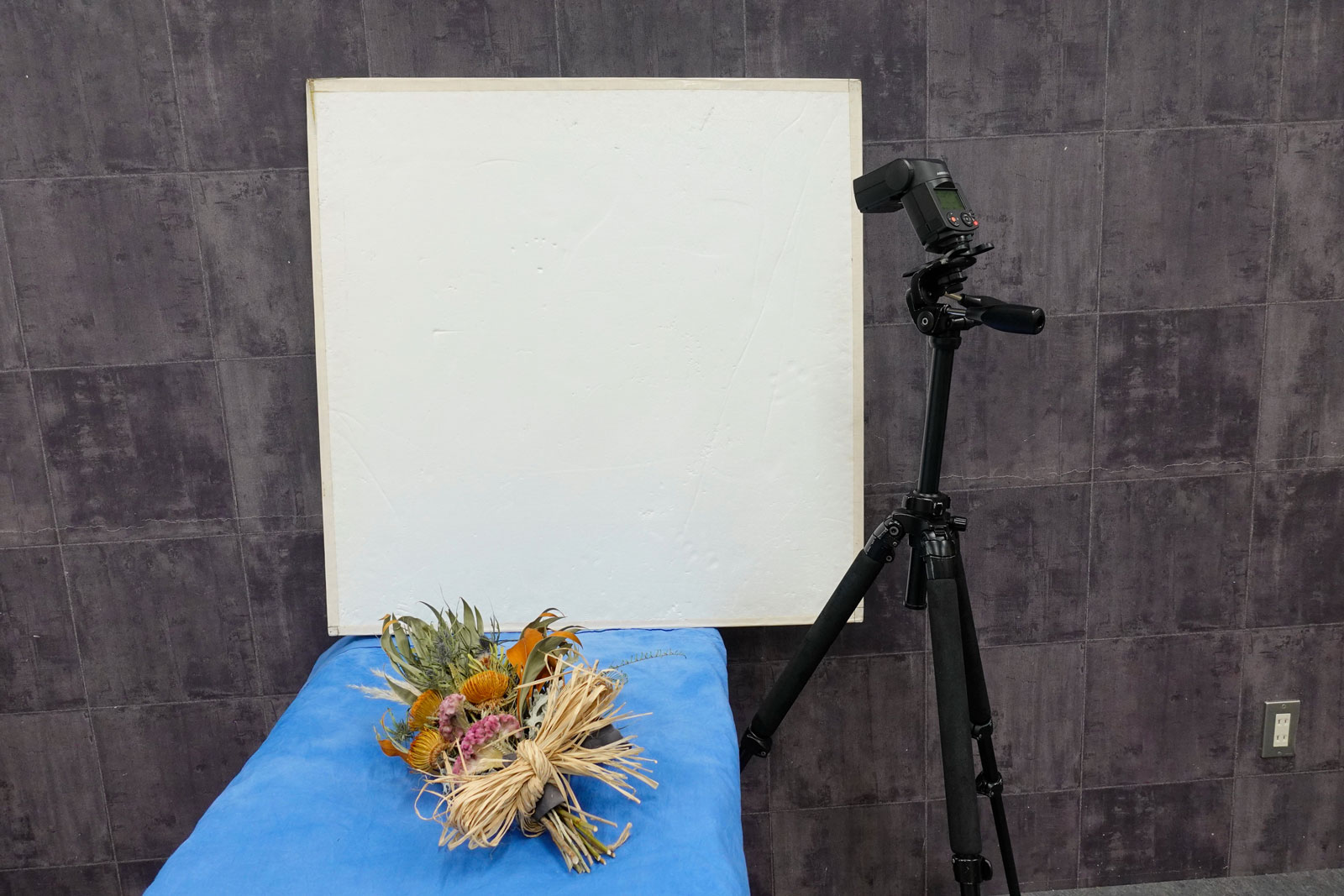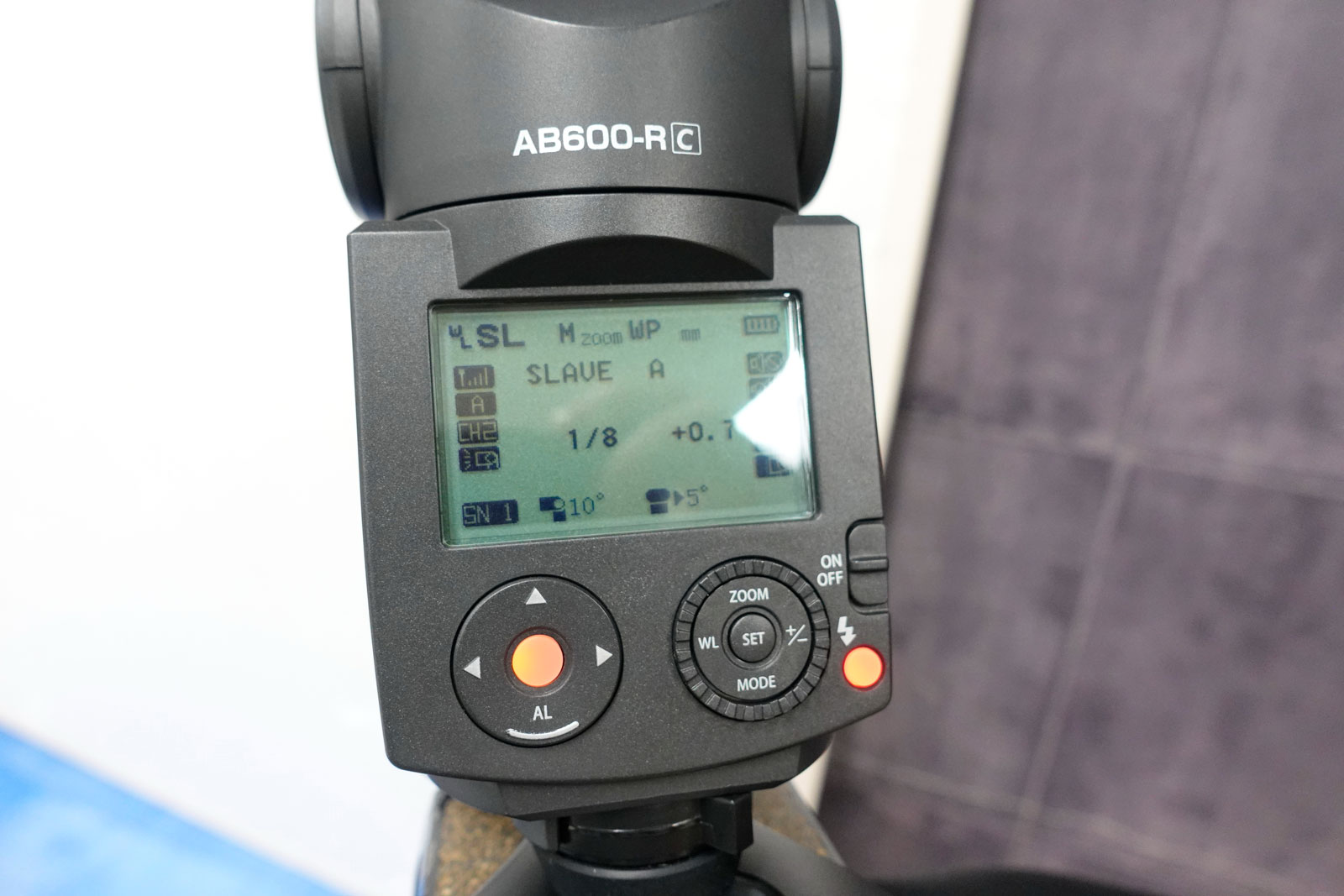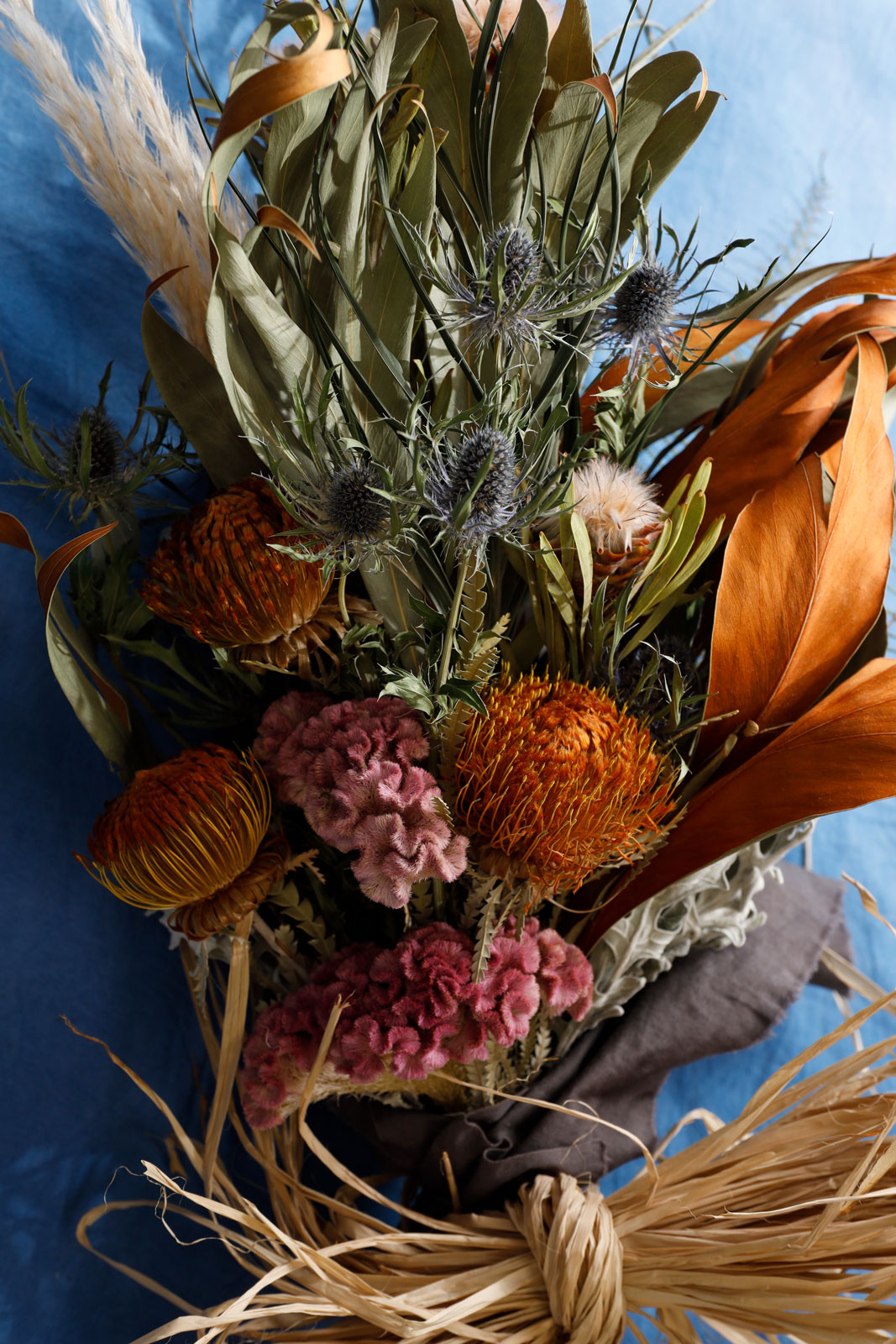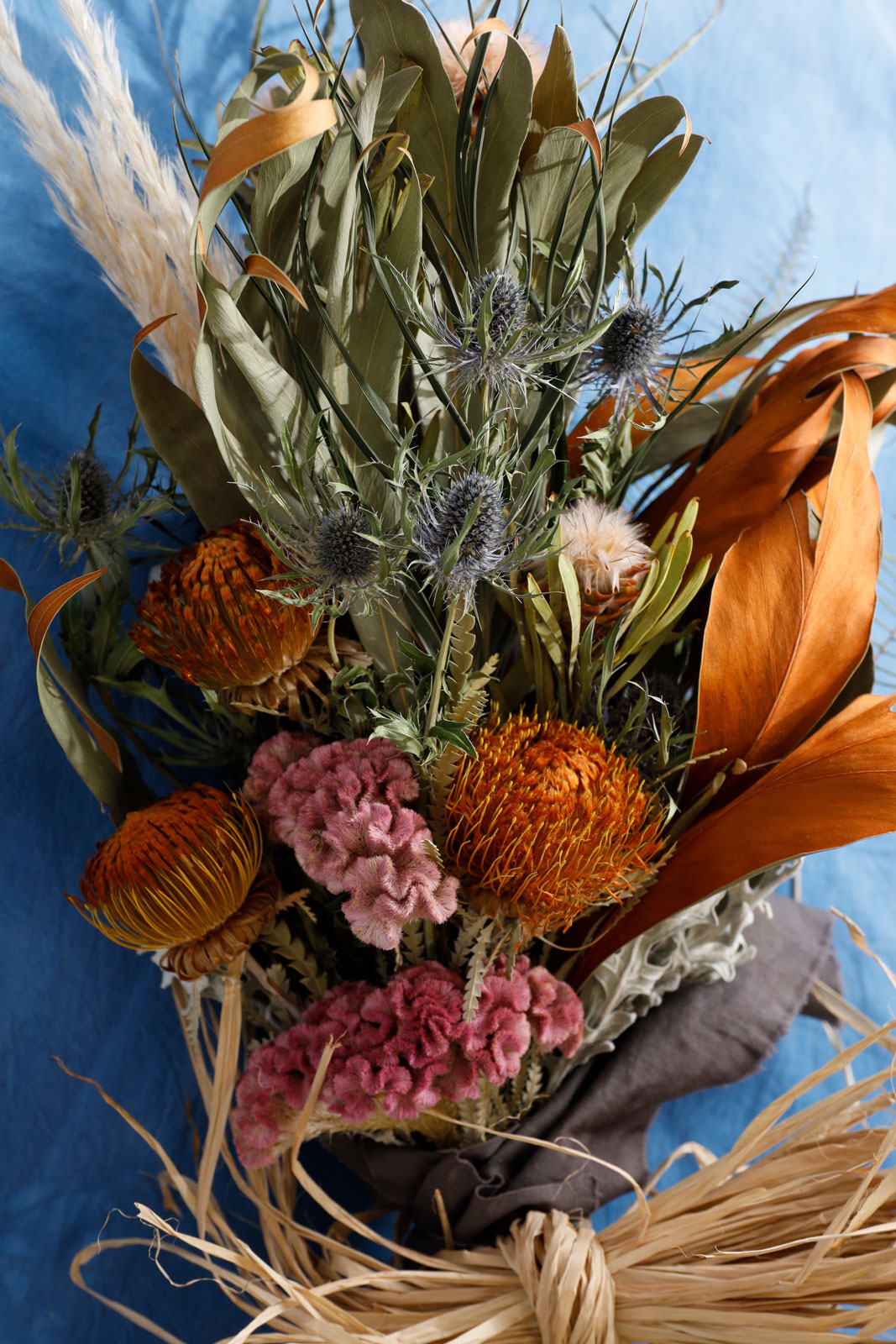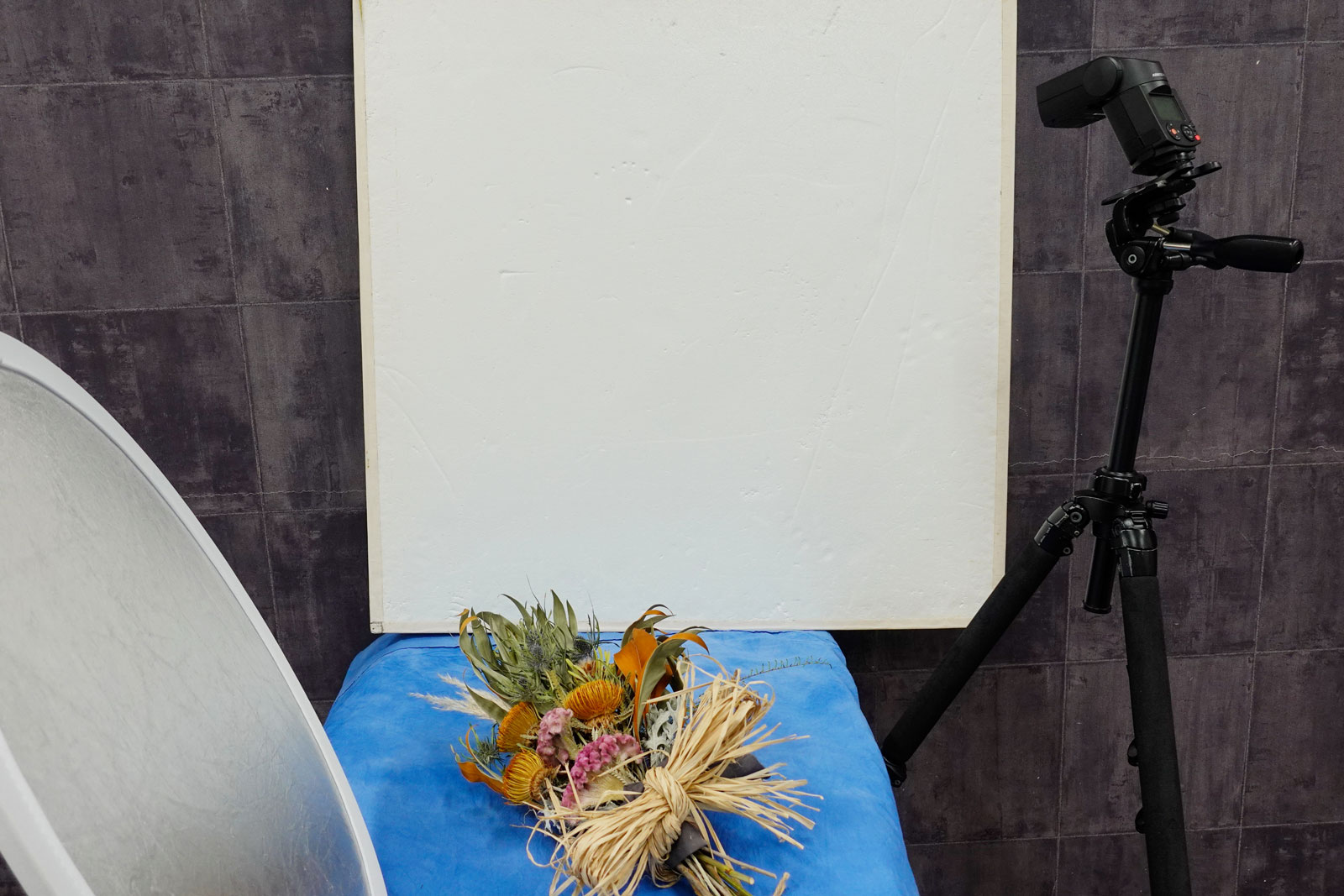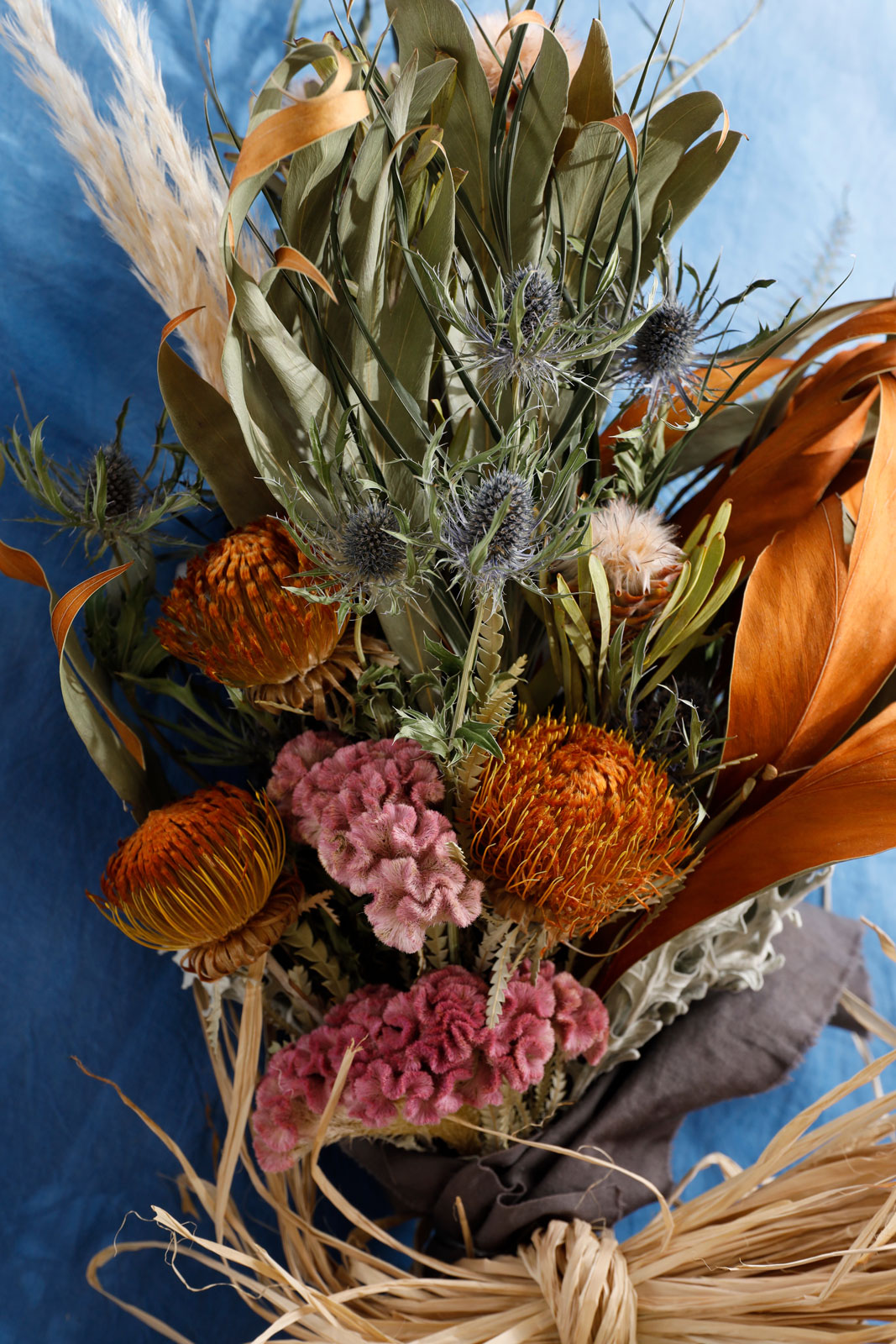Smart and creative hacks to shoot viral photos with Kenko AI Flash! Vol.5
In this series of 7 articles we will introduce smart and creative hacks to shoot amazing photos using the Kenko AI Flash AB600-R from famous Japanese photographer Kazuyuki Hagiwara. This article is the 5th.
Lately, the time we spend indoors has been steadily increasing. In light of this, I thought I would capitalize on the situation and try some shooting within the home. With the concept which I have titled ‘Shooting at Home!’, I will be utilizing the Kenko AB600-R to introduce new ways of flash photography and a wide range of usages for camera flashes. With this concept, I will be making use of regular household items as subjects for my photography.
With this concept, I will be making use of regular household items as subjects for my photography. For part 5, we will continue with the bouquet of dry flowers as my subject however, this time I wanted to wrap light and provide soft finish to my shots, displaying the bouquet in full.
The flash utilized was a single AB600-R. In order to wrap soft light, we needed to diffuse light. An easy way to do this is by triggering the flash towards a white wall or reflector board. The reflecting light that is produced was the main light of the subject.
The flash set-up appeared as follows:
This room’s wall was a dark grey color so a styrene board, in place of a reflector, was set up to reflect the light. The flash was set in a high position, facing downwards onto the styrene board. The diffused light will reflect and pour down onto the dried flowers. If you separate the flash and reflecting wall (here, the styrene board), that is all that is required to spread and soften the light. Please adjust these as you like.
By connecting a WTR-1 wireless transceiver to the camera, I emitted light wirelessly. I adjusted the amount of light from the camera. By emitting light wirelessly, the width of expression spreads remarkably. Additionally, it made adjustments easy. Through the first emission of light, I adjusted light intensity and the flash's position.
After adjusting, I achieved the following cut:
The light wraps around, and the subject’s volume is produced in full. However, I thought the shadows were somewhat dark so I reflected light onto a reflector board and adjusted the brightness.
I adjusted the shadows with a white reflector:
The shadows became lighter and contrast eased.
Despite this, I still wanted a little more dryness and vivid color from the bouquet so I changed from a white to silver reflector.
The results:
As you can see, the brightness of the shadows altered however, when comparing to a white, soft light, the silver light is hard. This produced the desired effect where the light became crisp, and the dryness and vivid color of the flowers revealed.
By simply changing from a white to silver reflector, the final product was completely different.
I particularly like the fact that just the smallest changes have a vast impact on the final outcome. I hope you come to enjoy and appreciate the characteristics of lighting through this entry.
Outline
- To wrap light, reflect diffused light off a white wall (white reflector).
- The distance between the flash and reflecting wall (reflector), not just the amount of light emitted, determines light brightness and diffusion.
- Use both white and silver reflectors on shadows.
Please give this a go! Until we meet again!
